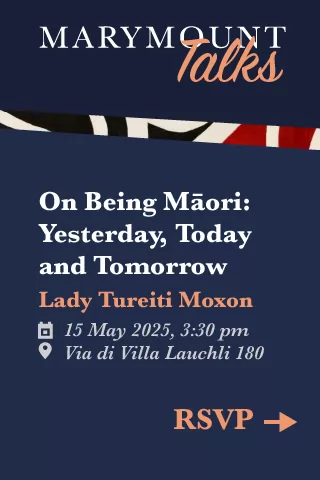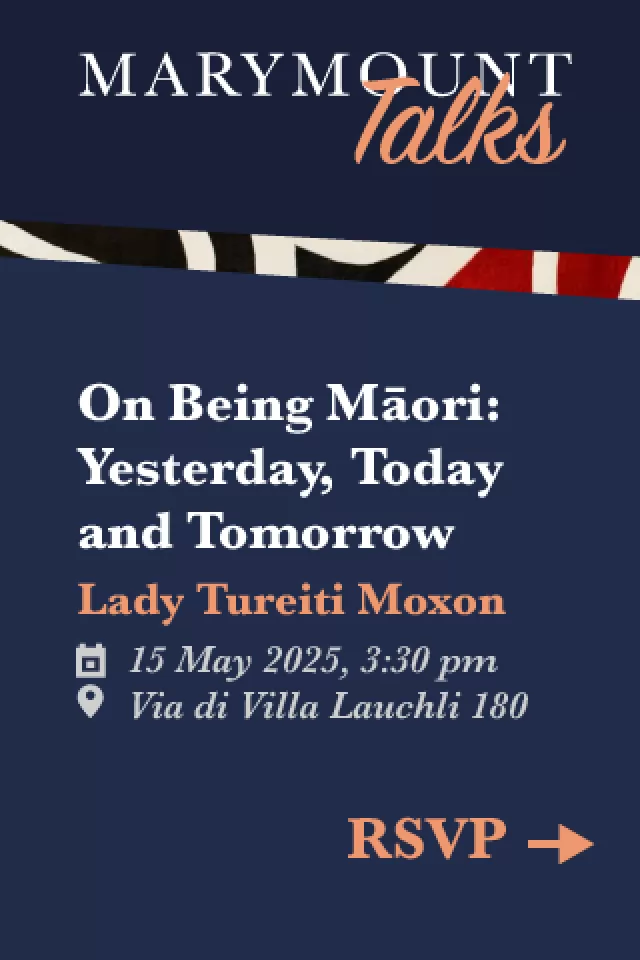The day the tsunami hit.
Below is a vivid and moving account of how the tsunami hit the north and east coast of Sri Lanka exactly a month ago. The description, sent in an e-mail to St Pauls within-the-Walls church in Rome by one-time parishioners, Ranjit and Marcia Seneviratne, was in turn received by friends of theirs in Sri Lanka. This is what the original message, sent on 29 December, contained.
How did all this happen?
1,400 km away, and four kilometres below the surface of the ocean, on the edge of the Indonesian archipelago, what is now known as one of the most powerful earthquakes in recorded history took place. Sri Lanka slept in festive mood. Christmas just over, Boxing Day was a day of full moon, the Poya Day of the Buddhist, a day of rest and worship, a day for being with the family.
A bright sunny morning of cloudless sky, the sea as calm as a millpond, a magnet of shimmering blue bordered by beaches of soft, white sand. As with any such place on this planet, it drew thousands families, children and the young at heart. Picnics were laid out, beach cricket matches organised, children swam in the shallows, tourists dived on the reefs, and boats bobbed in the slight swell, all was well with the world.
Then the sea did something strange. It withdrew, very slowly, up to a quarter of a mile away from its usual tidal mark. The reef stood out like a long sunken roadway, paralleling the contour of the land. Boats long sunk, some in the world war, were exposed, their rusty propellers now encrusted with coral and crustaceans. Fish, stranded in the shallows, hopped and splattered in the small pools left, and amongst the exposed seaweed. Miraculously, what had been a mass of water, just a few minutes before, was a vast meadow of green, the sea seemed to have borne new life.
People, particularly the children, rushed out to explore this new world. They slopped after the fish and scurried after the crabs, while their older brothers and sisters explored the exposed debris of past human catastrophe. Their parents wandered after them with curiosity and concern that obvious emotion when a child strays into new terrain.
There were some shouts of warning. A few, a very few feared this phenomenon, from uncertainty rather than knowledge. But what is one shout to the ears of many thousands?
And then the sea came in; it seemed slowly at first, distance deceiving the eye. The exploring crowds began to drift back towards the old shoreline little realizing that they were being pursued by a demon traveling at over 600 km per hour. It was not just the speed. As the waters closed in on the land, and against the resistance of its rising shelf, it rose upon itself, to reach heights of ten metres or more
Few reached the old shoreline, and it would not have mattered if they had. The force of the water was such that it rushed up to two kilometres inland in some places. And the sea did not stop there. It rushed out again with as great fury, sucking everything in its path out into its depths. And then it came back again; a few times more, making sure that the dying were now dead.
Beachside hotels were smashed to pieces, trains were derailed, huge trees uprooted, iron posts torn from their foundations, what chance the frail human body in the face of such an onslaught?
As of today, the corpses of over 30,000 men, women and children have been recovered. The final toll might be three times that much and more. We can never really know, for when whole family units are wiped out, there is no one left to make account. Many isolated villages on the east coast have been destroyed. No one really knows how many people had made them their home.
There are very few in Sri Lanka who have not lost either a member of their family or a friend to the tsunami. Many more will die as disease, the awful second wave of all such natural catastrophes, takes its toll. Many will never have a chance of bidding a final farewell to their loved ones, for the sea clings jealously to its new possessions, or throws them out, with little care, on to desolate jungle beaches.
As in all such situations, the light of human nature shines brightly in the darkness. Many risked or sacrificed their lives to save that of others. In just one instance, a man braved the raging waters with a child on his shoulders from their destroyed home to higher ground, not once but seven times, there being seven children to save. In another incident, the first wave dashed a small family out of their house and they clung together, arms clasped around a tree mother, father and child. When the waters turned again, the surge snatched the child away from the parents clasp. Without hesitation, both parents let go and were sucked themselves into the depths. After all, what is life when your world has just died?
This is only the third tsunami to hit this part of the Indian Ocean in 2,000 years. The last two were in 1617 and 2 BC. No one expected it, and no one was prepared. The nation is enduring a grief that even the civil war that has plagued this land for so long has not generated. Perhaps it is because the waves were no respecter of religion, race, caste or gender, that all have suffered. We pray that this adversity also pulls everyone together, not just in grief, but also in rebuilding this beautiful land of ours.
There is no one to blame. This is an act of Nature. A Greek philosopher once commented that when a child kneels down to pray to her God, in her minds eye, God has the face of her mother. Thus, when a mother chastises her child, for a moment, the child is filled with horror and hopelessness. How could someone she trusted and loved so devotedly do this to her? Momentarily, the child forgets all the love, comfort, nourishment, and life that the mother has given her, and remembers only the pain. Perhaps it is such with us too. We are bewildered at the fury of Nature, temporarily forgetting that we exist because of her. After all, has not Nature the only right to take life?
Sri Lankans are rallying to the plight of the victims and collecting food, water and clothing for them. However, this is not enough. 250,000 people had already been displaced prior to the tsunami due to extensive monsoon flooding. Over one million are displaced this time. The majority in this land are poor, and though they are giving all they can, it will not feed, clothe and shelter a million.
Water is polluted, there is no shelter, and disease is beginning to take hold. If you wish to help, please encourage your governments to send us aid as soon as possible, and send them your contributions.
But dont forget to help us in the longer term too. Sri Lanka will recover. It is blessed with a soil, with a climate, with a people, with a spirit all conducive to healing. Give us a little while, a month or two, to mourn our dead, rebuild our homes, and replant our trees. Then come and visit us, not bearing charity, but to enjoy our hospitality.
The sea is as calm as a millpond again. The sun is shining from a cloudless sky. This is a beautiful country. We rely on tourism. Come and see us, fill our hotels, eat our food, visit our natural and ancient wonders, truly help us and see us smile again. It may be a century or two before the next tsunami strikes these shores, but even if it does come before that, we now know what happens when the sea retreats too far.
And as for you all, there is always a welcome for you in our home. May your New Year be trouble-free, and thank you for being our friends.
Love,
Rohan, Sharika, Acushla and Ranoukh
PS. The Yala national park on the southern tip of the island suffered a wave of over ten metres, devastating its coastline, hotels, and killing many fishermen and visitors to the park. Over 200 human bodies have been recovered in the park, but not one carcass of an animal. They had all left the region. They knew. Perhaps Nature had warned us after all, but we have forgotten her language.
Ranjit Seneviratne is chairman of the AGAPE Counselling Service, which is providing treatment in Colombo, Sri Lanka, for those suffering from trauma. The couple returned to Sri Lanka nine years ago after several years in Rome; they were both parishioners of St Pauls within-the-Walls church, where Ranjit ran the Outreach committee and was a vestry member. He worked at FAO (Food and Agriculture Organisation of the United Nations) during this time.
An email from Ranjit Seneviratne, describing his work in the aftermath of the tsunami, is on the message board at www.wantedinrome.com. Those still trying to trace people can place messages for free, and readers can also promote their fundraising efforts or post their experiences.

















